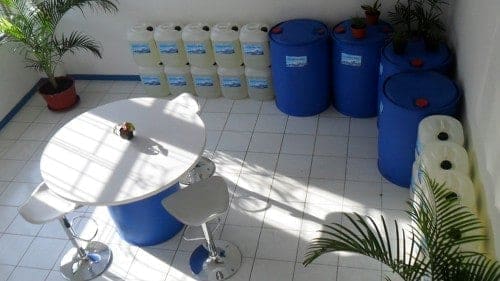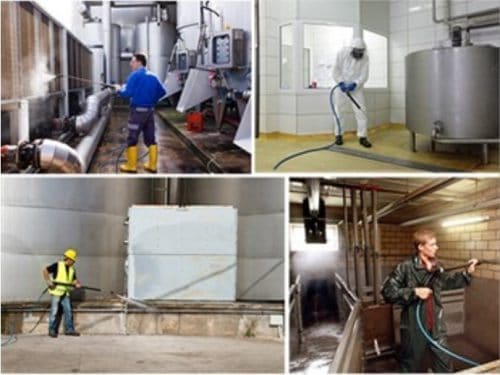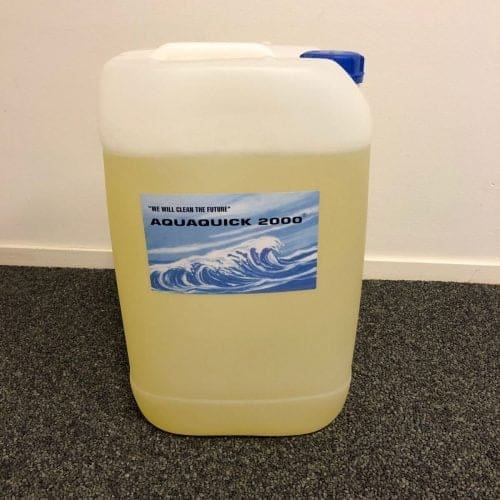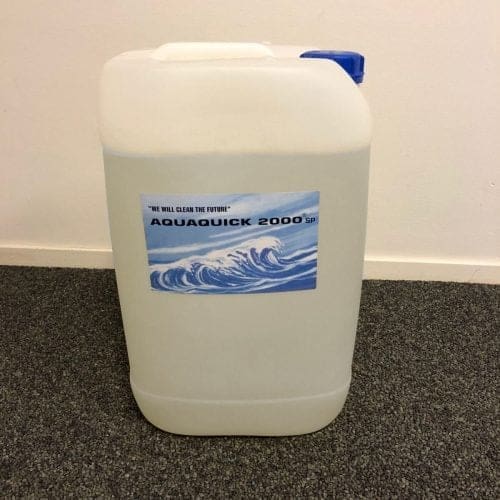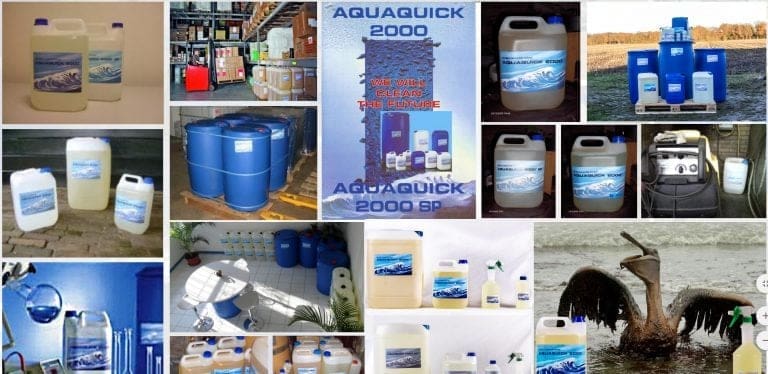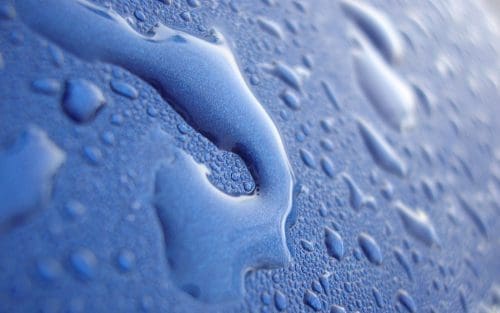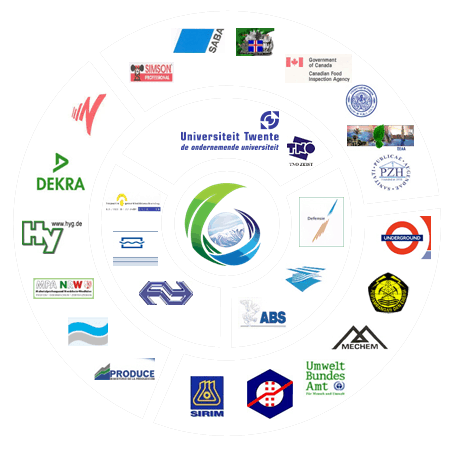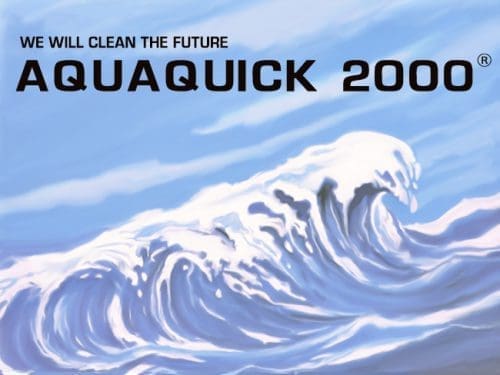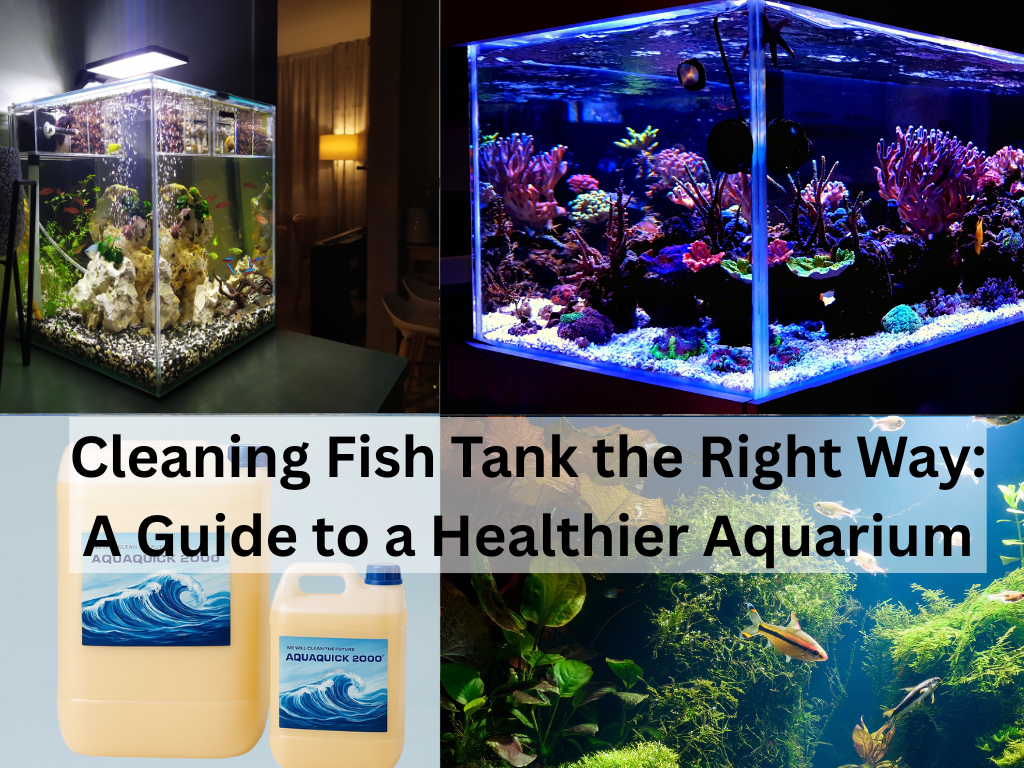Maintaining a clean aquarium is essential to the health of your aquatic pets. Regular cleaning fish tank routines not only prevent algae overgrowth but also support a balanced and safe environment for your fish. Contrary to what many new hobbyists believe, tank cleaning isn’t just about changing water—it’s about managing waste, chemicals, and surfaces the right way.
Why Regular Cleaning Matters
A dirty tank can lead to high ammonia and nitrate levels, causing stress or illness in fish. Over time, leftover food, fish waste, and decaying plants build up in the substrate and on the tank walls. If cleaning fish tank practices are neglected, even a beautiful setup can quickly turn into a toxic environment.
How Often Should You Clean a Fish Tank?
- Weekly tasks: Change 10–15% of the water, clean glass surfaces, and check filters.
- Monthly tasks: Deep clean decorations and vacuum the substrate.
- As needed: Address algae blooms or after feeding issues.
Regular partial cleaning is more effective than doing one large clean after long intervals, which can shock the ecosystem and affect fish health.
Steps for Cleaning Fish Tank Properly
- Turn off all equipment: Always unplug filters, heaters, and lights before starting.
- Remove 10–15% of the water: Use a siphon or gravel vacuum to do this while stirring the substrate to release waste.
- Clean glass surfaces: Use a magnetic cleaner or algae pad.
- Rinse decorations: Use tank water—not tap water—to preserve good bacteria.
- Scrub gently with a non-toxic cleaner: For deep cleaning fish tank setups that have stubborn stains or slime, use AQUAQUICK 2000 in very light dilution. It’s safe, non-toxic, and coating-friendly, meaning it won’t harm fish once thoroughly rinsed.
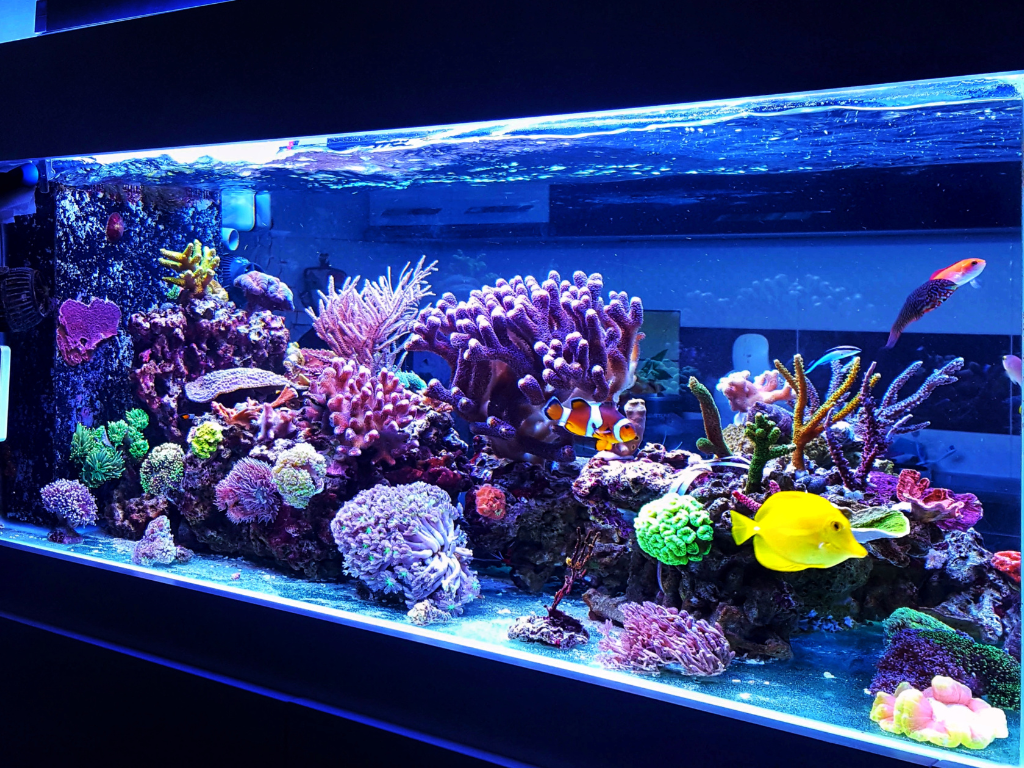
AQUAQUICK 2000: A Safe Option for Deep Cleaning
While AQUAQUICK 2000 is primarily designed for industrial tanks, it can also be safely used in non-living environments during deep pulizia fish tank sessions. For example, when preparing a new tank or disinfecting an old one before reuse, AQUAQUICK 2000 breaks down organic waste and residues efficiently. Just ensure everything is thoroughly rinsed before introducing fish back into the system.
The solution works like warm water softening a thick milkshake—by breaking down sticky residues into an easily removable form. This helps reduce buildup on tank walls, decorations, and mechanical components.
Conclusione
Cleaning fish tank setups regularly ensures a vibrant, safe, and healthy environment for your aquatic life. From routine water changes to occasional deep cleaning with safe products like AQUAQUICK 2000, your fish will thrive when their environment is properly maintained. Remember, a clean tank isn’t just clear—it’s chemically balanced and safe for every gill and fin inside.


